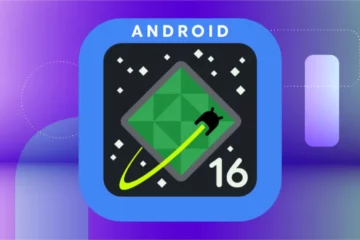Niantic has revealed plans to develop a groundbreaking “Large Geospatial Model” (LGM), harnessing millions of scans contributed by users of Pokémon Go and other Niantic applications. According to a blog post highlighted by Garbage Day, this advanced AI model aims to revolutionize how computers and robots perceive and interact with the physical world.
The LGM’s foundation lies in “spatial intelligence,” which stems from Niantic’s Visual Positioning System (VPS). This system uses neural networks to process data and determine the precise location and orientation of a single image captured by a smartphone. The firm went into further detail on its blog, saying, “Niantic has concentrated on creating our Visual Positioning System for the last five years. By leveraging a single image from a phone, VPS calculates position and orientation through a 3D map constructed using player-contributed scans of notable locations in our games and Scaniverse.” The data powering this system is distinctive because it captures areas from a pedestrian perspective, including locations inaccessible by vehicles.
Victor Prisacariu, Niantic’s Chief Scientist, offered additional insight during a 2022 Q&A session. He noted, “Through the data our users upload while playing titles like Pokémon Go and Ingress, we’ve built highly detailed 3D maps of the world. These maps feature both 3D geometry—the structure and layout of objects—and semantic understanding, identifying components in the environment, such as the ground, sky, or trees.” This dual-layer mapping provides a comprehensive view of environments, enabling new applications in spatial computing.
What sets this initiative apart is the collaborative nature of the data collection. Millions of users worldwide unknowingly contributed to creating a sophisticated, detailed digital representation of real-world environments. As 404 Media observed, few players downloading Pokémon Go in 2016 could have envisioned their gameplay data evolving into the backbone of an innovative AI platform like this.
Niantic’s LGM represents a major step forward in merging gaming technology with real-world applications, potentially transforming industries like robotics, augmented reality, and autonomous navigation. It highlights how user-generated data, when utilized thoughtfully, can drive cutting-edge technological advancements.


